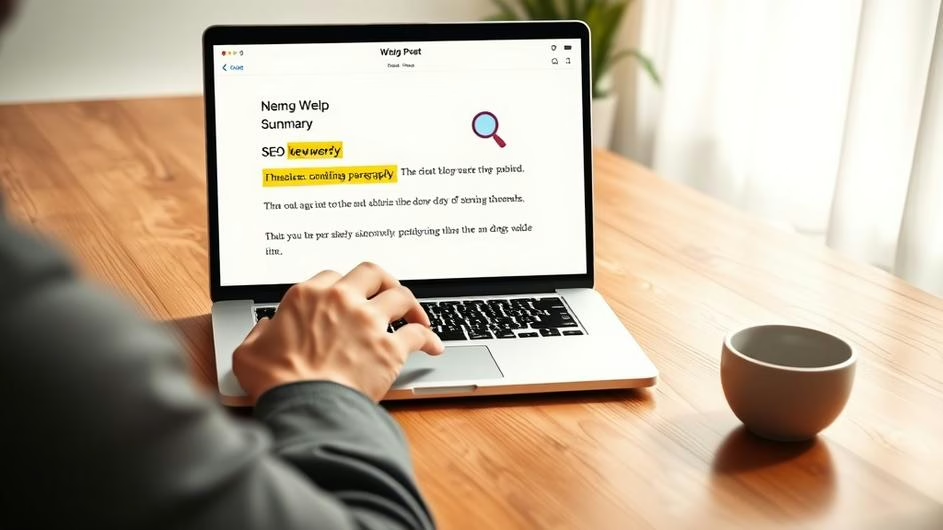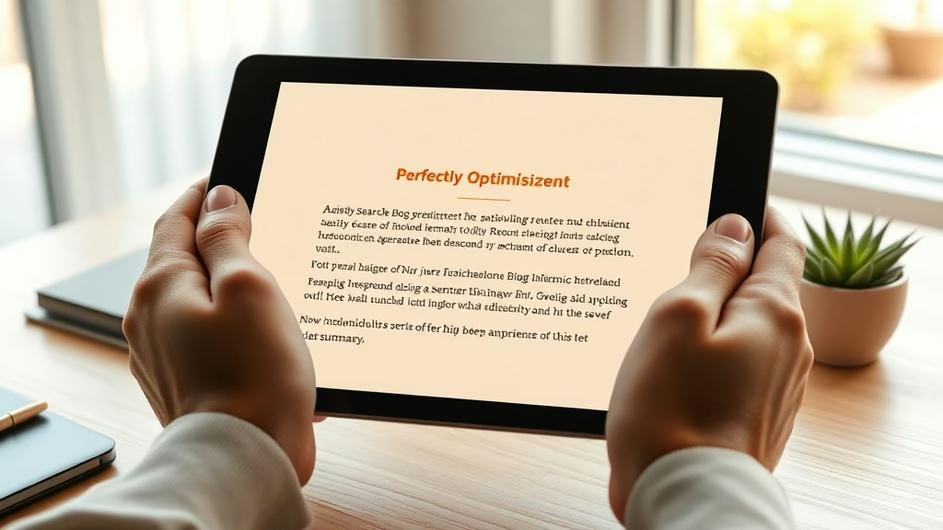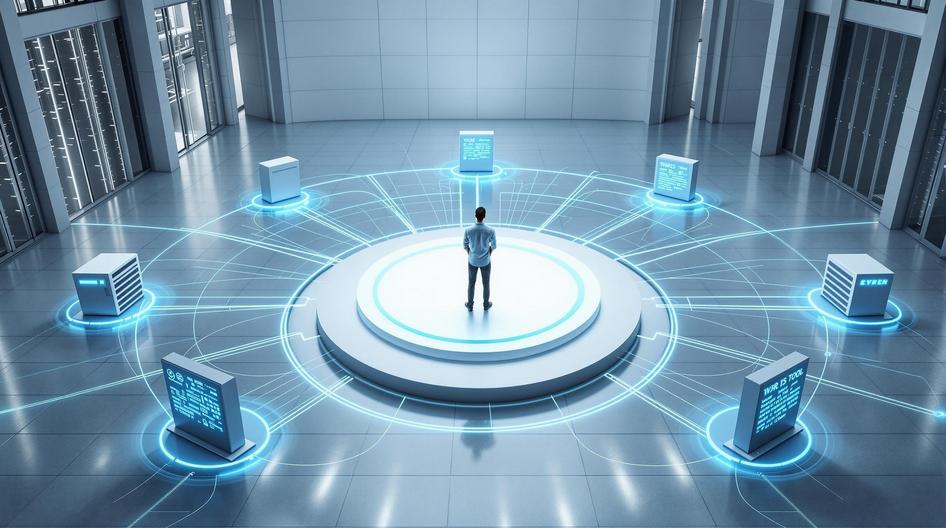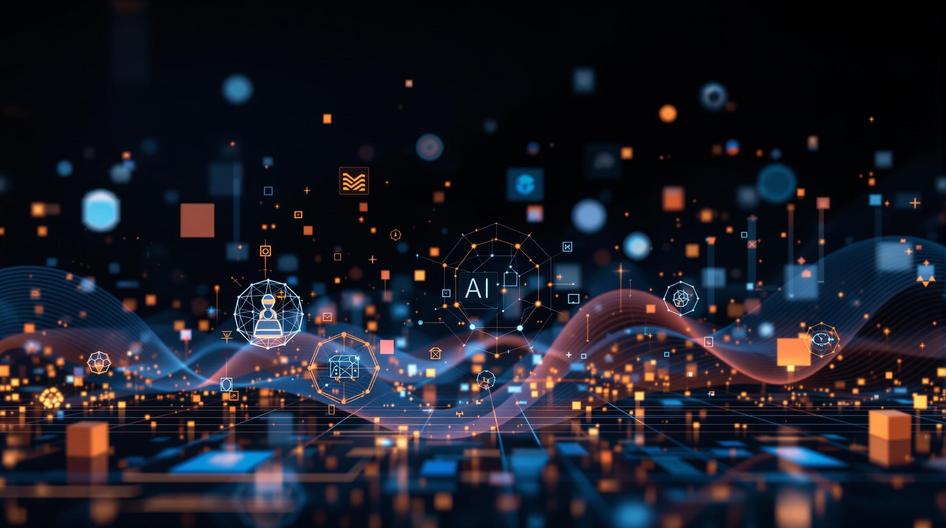
AI Agents on the Rise: Transforming Industries and Reimagining the Digital Workforce
We’re watching something pretty remarkable unfold in the enterprise tech space right now. While everyone’s been talking about AI’s rapid evolution, 2026 is shaping up to be the year when AI agents really hit their stride. These aren’t just fancy chatbots we’re talking about. They’re autonomous digital workers that can actually make decisions, integrate with existing systems, and work alongside human teams in ways that would’ve seemed like science fiction just a few years ago.
What’s driving this shift? It’s simple: businesses need solutions that can handle complex workflows without constant human oversight. AI agents deliver exactly that, bringing a level of operational flexibility that’s redefining what efficiency looks like in the digital era.
Industry-Specific Solutions Are Leading the Charge
The manufacturing and distribution sectors have always been early adopters when it comes to automation, so it makes sense they’re at the forefront of this AI agent revolution. Infor’s latest announcement about their Industry AI Agents really caught our attention. These aren’t generic solutions that companies have to force-fit into their operations.
Built on AWS with access to high-performance language models, these agents are designed specifically for roles like supply chain management, project oversight, and workforce operations. What makes them particularly interesting is how they leverage decades of enterprise data to learn and adapt quickly. They don’t just automate tasks; they surface insights and suggest interventions where human expertise is still critical.
For companies using cloud migration services, this represents a significant opportunity to optimize processes and extract more value from digital investments. The early adopters we’ve spoken with report faster decision-making cycles and improved operational efficiency.
E-commerce Gets an AI Makeover
The retail space is experiencing what industry experts are calling “agentic commerce,” and the numbers are pretty striking. According to recent Forbes reporting, AI agent-driven shopping traffic has jumped from practically zero at the start of 2025 to somewhere between 2-5% today. That might not sound huge, but in e-commerce terms, it’s a seismic shift.
Retailers like Lowe’s are already building custom AI search agents. Their MyLow solution helps customers navigate complex product catalogs with unprecedented ease. The appeal is obvious: these agents understand intent, filter through massive inventories, and deliver personalized recommendations in seconds.
But here’s what’s really interesting for developers and platform builders: this shift means completely rethinking how product data is structured and how digital presence is maintained. In this new landscape, your “customer” might actually be an AI agent shopping on behalf of a human. That changes everything about optimization strategies and user experience design.
The Trends Shaping Adoption
So what’s really fueling this rapid adoption? Industry analysis suggests it comes down to AI agents’ ability to collaborate, make autonomous decisions, and act on behalf of users in ways that dramatically reduce operational friction.
The emergence of multi-agent systems is particularly fascinating. Instead of single-purpose bots, we’re seeing teams of AI agents working together to handle complex, multi-step processes. Healthcare provides some compelling examples here, where agent teams manage everything from claims processing to patient support workflows.
For tech leaders and investors, understanding these AI development patterns is becoming crucial for staying competitive. As we approach 2026, expect this paradigm to reach mainstream adoption across virtually every sector.

Healthcare’s Digital Workforce Revolution
If you want to see where AI agents can make the biggest immediate impact, look at healthcare. The industry faces mounting pressures: claim denials are increasing, margins are shrinking, and the need for smarter resource allocation has never been more urgent.
AGS Health’s recent launch of agentic digital workforce solutions illustrates exactly why this technology is gaining traction. Their AI agents don’t just automate routine tasks; they help surface data insights, flag exceptions, and recommend actionable next steps.
The early results are impressive: reduced turnaround times, more accurate claims processing, and higher productivity without sacrificing quality. For healthcare organizations, adopting AI-driven digital agents is quickly becoming less of an option and more of a strategic necessity.
What This Means for Different Stakeholders
For developers building in this space, the challenge lies in creating agentic AI systems that are transparent, governable, and aligned with organizational values. The technology needs to augment human capabilities rather than simply replace them.
Investors should pay attention to companies that are building industry-specific solutions rather than generic AI tools. The winners in this space will be those that understand domain expertise and can integrate seamlessly with existing enterprise systems.
For policymakers and regulators, the rapid adoption of autonomous AI agents raises important questions about accountability, transparency, and oversight. How do you regulate systems that can make independent decisions? What standards should apply to AI agents that handle sensitive data or financial transactions?
Looking Ahead: The Partnership Model
What’s becoming clear is that the future isn’t about AI agents replacing human workers. It’s about creating partnerships where AI augments human capabilities in ways that unlock new levels of innovation and productivity.
These digital co-workers can communicate, learn from experience, and improve over time. Their influence will likely deepen as adoption spreads from early-adopter industries like manufacturing and healthcare to virtually every sector of the economy.
The broader implications for the tech ecosystem are significant. As AI agents become more sophisticated and widely deployed, they’ll create new opportunities for developers, new investment categories for VCs, and new regulatory challenges for policymakers.
The Bottom Line
We’re not at the end of human work; we’re at the beginning of a new era where humans and machines collaborate more effectively than ever before. The companies and developers who figure out how to build and deploy AI agents that truly enhance human capabilities will be the ones that define the next phase of digital transformation.
For anyone building or investing in this space, the message is clear: AI’s transformative impact is just getting started, and AI agents represent one of the most promising avenues for practical, immediate value creation.
Sources
-
“Infor unveils built-for-industry AI agents to revolutionise operational workflows” – The Manufacturer, October 9, 2025.
-
“Agentic Commerce Is Rewriting The Rules Of Product Search” – Forbes, October 9, 2025.
-
“The 8 AI Agent Trends For 2026 Everyone Must Be Ready For Now” – Forbes, October 8, 2025.
-
“AGS Health(R) Introduces Agentic Digital Workforce Solutions to Tackle Rising Claim Denials and Margin Pressures” – ACCESS Newswire, October 13, 2025.
-
“AGS Health(R) Introduces Agentic Digital Workforce Solutions to Tackle Rising Claim Denials and Margin Pressures” – Corning Leader, October 13, 2025.





























































































